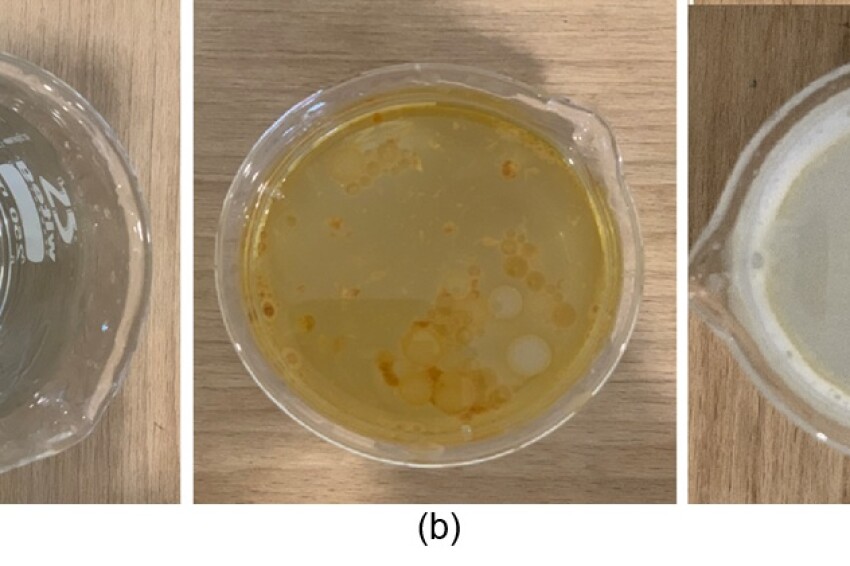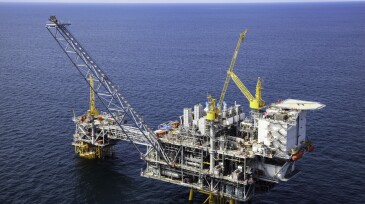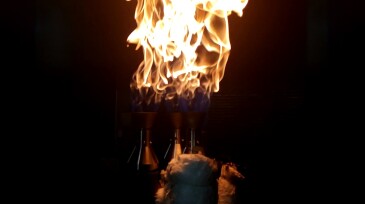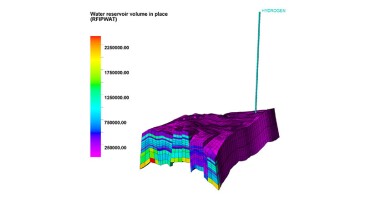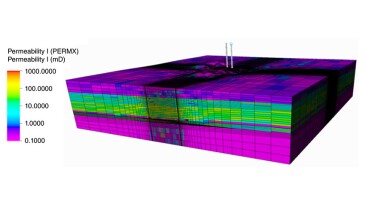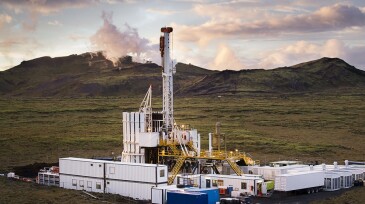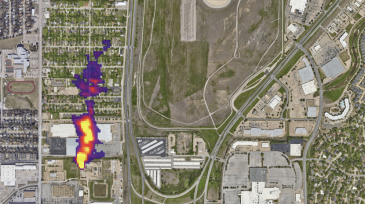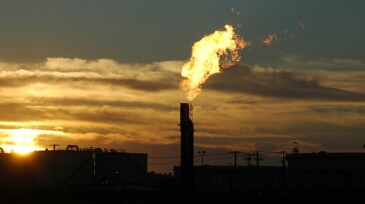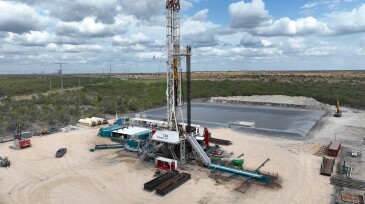Environment
This study presents the development of a biodegradable surfactant developed using principles of environmentally friendly chemistry from natural sources. The goal is to develop an effective and environmentally friendly surfactant that can emulsify and disperse oil to reduce its effects on marine environments.
This study ascertains the capital expenditure and operating expenditure associated with the reuse of existing facilities, specifically regarding a carbon capture and storage project being prepared in South Korea.
GeoMap Europe is the latest in a series of interactive global geothermal maps that combine large subsurface and surface data sets to highlight where geothermal resources and development opportunities are strongest for power, heat, cooling, and storage.
-
This article is the second of a two-part series on produced-water management in the Gulf of Mexico and covers four themes: equipment, process configuration, operations, and effluent quality.
-
The new burner, created with the help of machine learning and additive manufacturing, promises high methane destruction efficiency and combustion stability even in windy conditions.
-
Geothermal systems, which rely on extracting heat from deep within the Earth, face many of the same technical challenges that oil and gas operators have tackled for decades. Geothermal development can be advanced efficiently and economically by applying proven oil and gas technologies.
-
This paper aims to investigate the use of an optimization workflow to maximize both hydrogen storage and the net present value to obtain an optimal reservoir development strategy.
-
The authors introduce a novel framework combining dynamic mode decomposition, a data-driven model-reduction technique, with direct data assimilation to streamline the calibration of carbon-dioxide plume evolution models.
-
The companies have announced they will work together to integrate geothermal well engineering and project delivery globally.
-
A new study finds that, of the roughly 15 million tonnes of methane coming from onshore oil and gas activities in the continental US annually, 70% comes from smaller, dispersed sources emitting less than 100 kg of methane per hour and 30% of emissions are from sites releasing less than 10 kg per hour.
-
This article explores three key themes for the oil and gas sector: the evolution of methane regulation at the state and federal levels, a preliminary forecast of why and how methane regulation will continue, and practical ways the oil and gas sector can prepare for enhanced enforcement scrutiny.
-
The companies said they plan to work together on developing geopressured geothermal systems for low-carbon energy storage and geothermal power generation.
-
The Texas Railroad Commission is revisiting the state’s primary oil and gas waste regulations, which were last updated in 1984, to better align them with modern industry practices and rising demands for stronger environmental protections.

